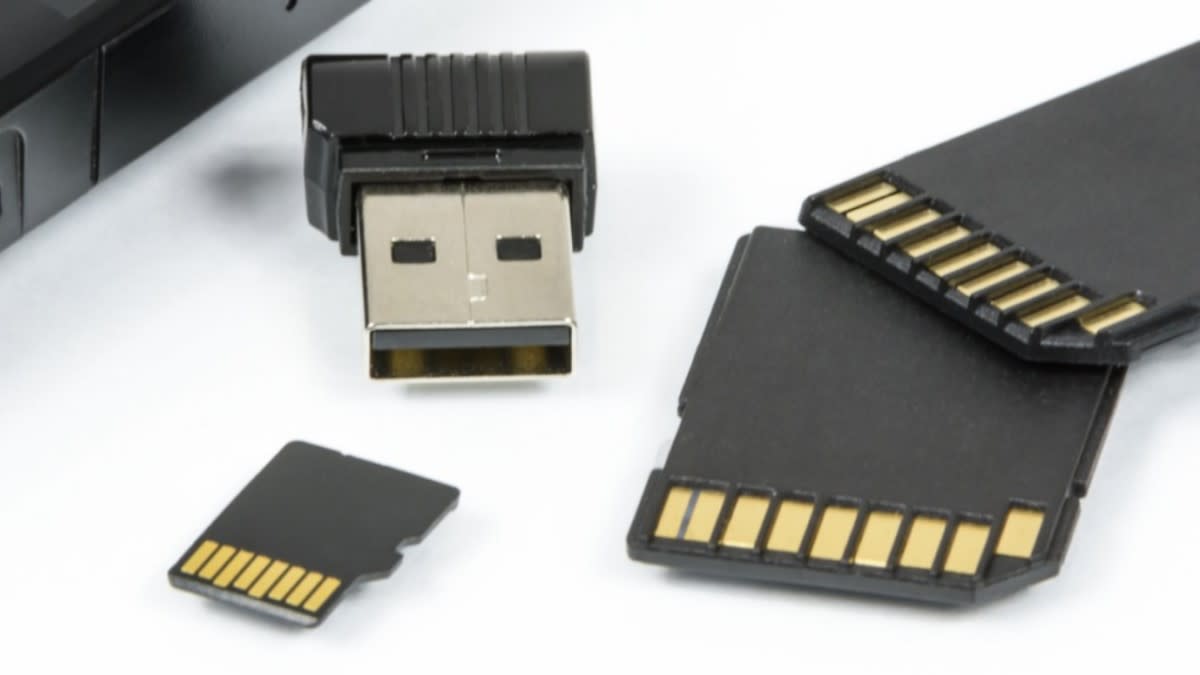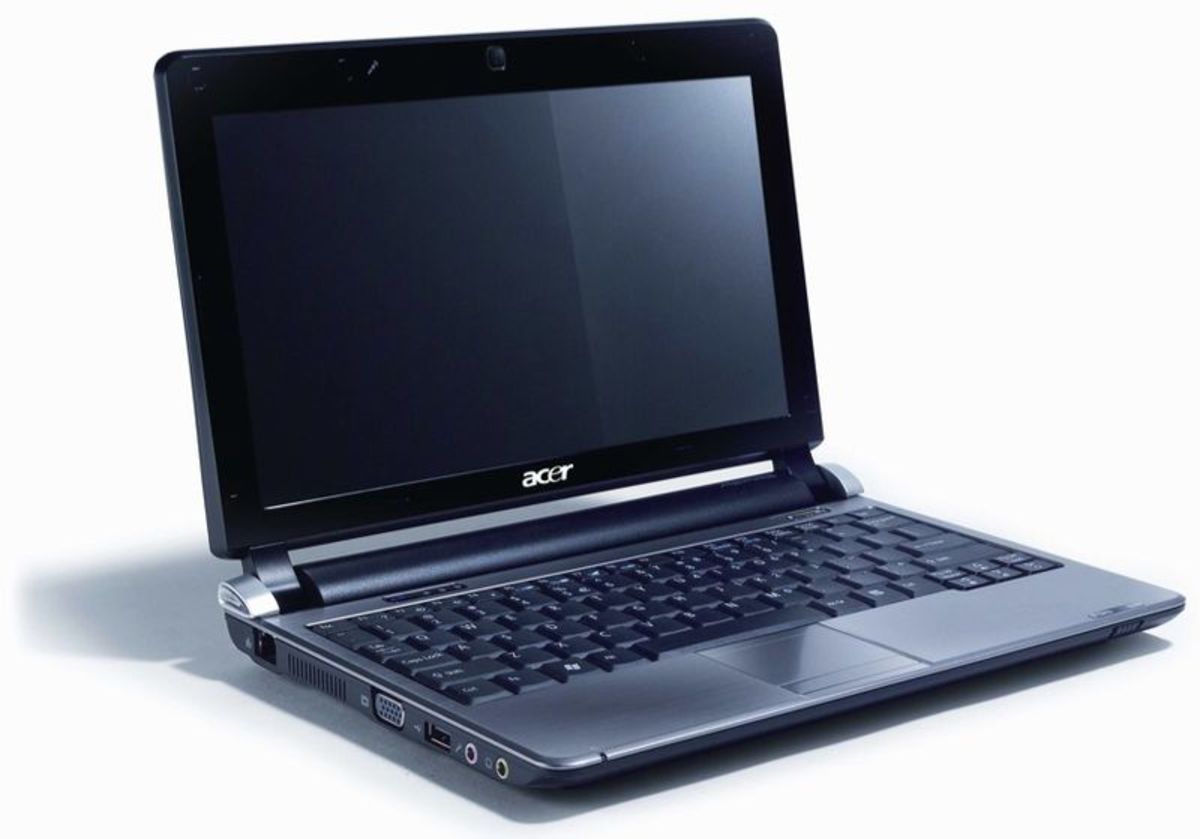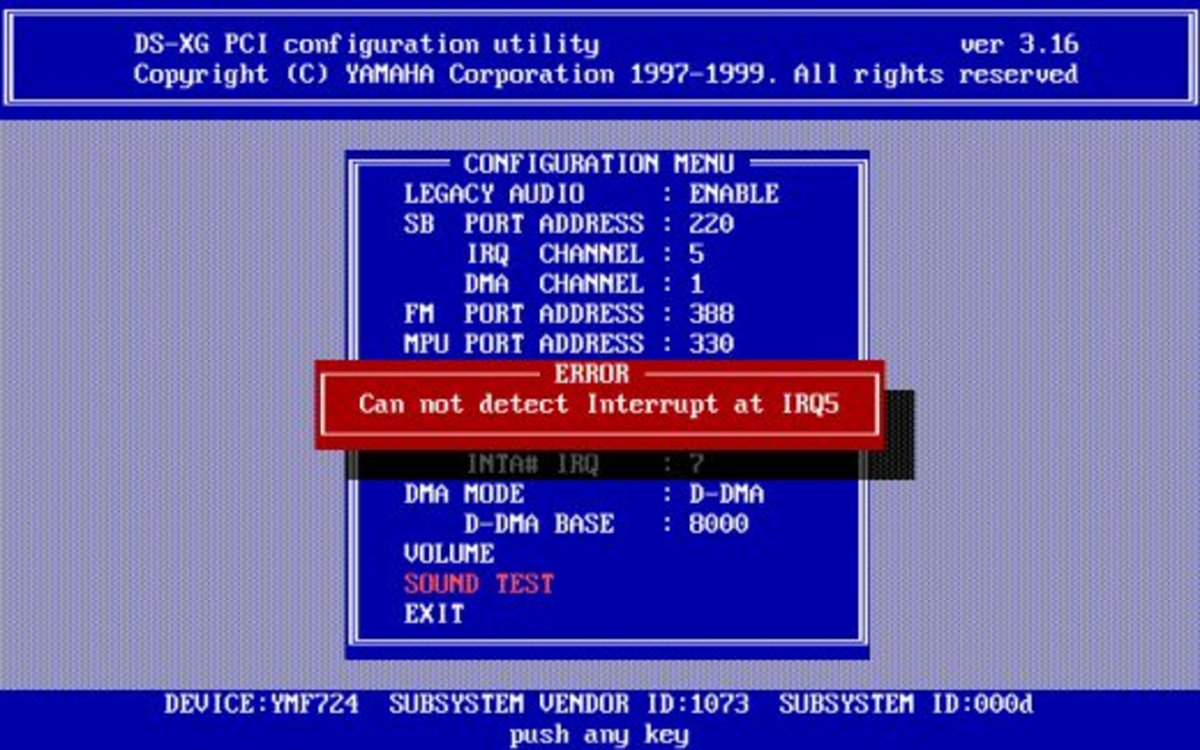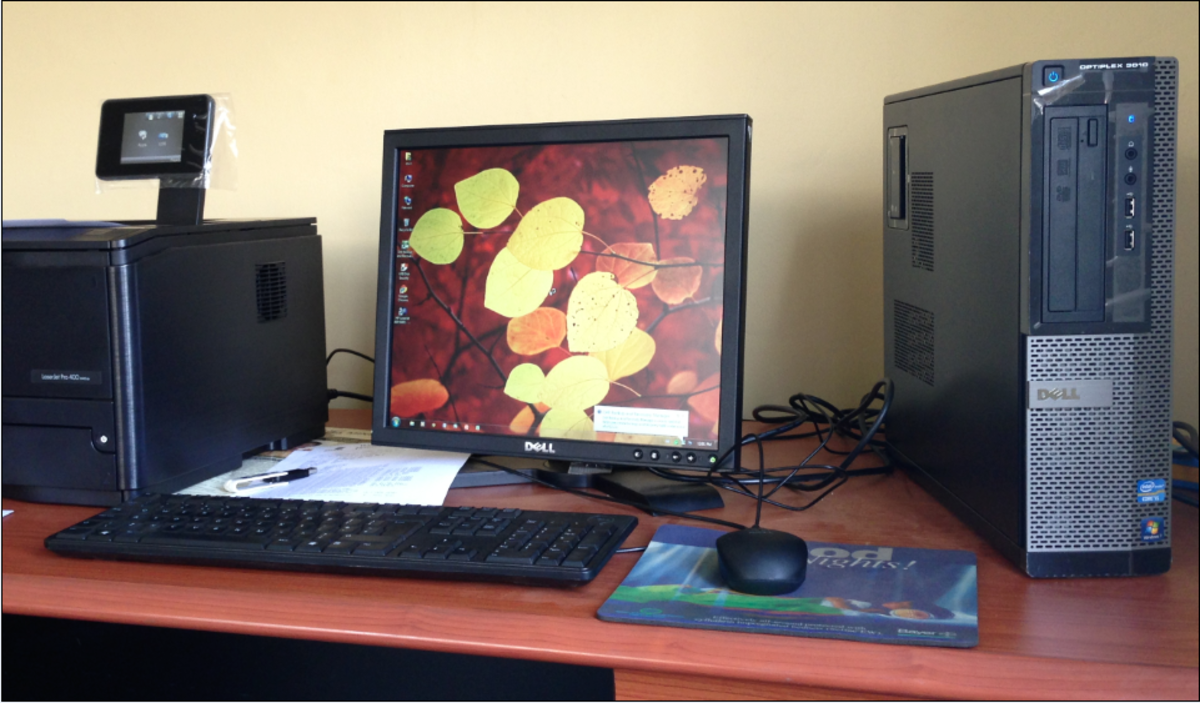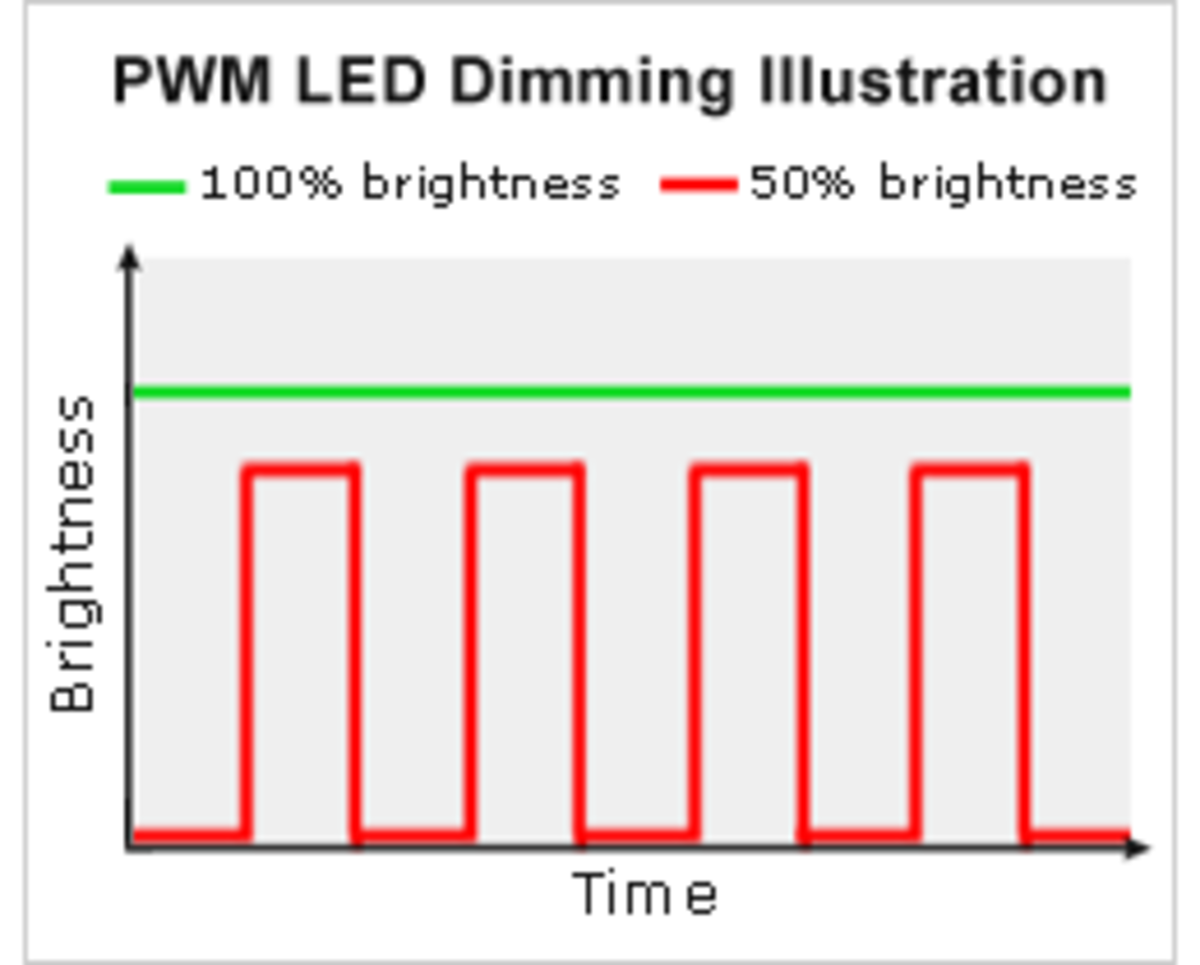Laptop Hard Drive
There are two broad categories of laptop hard drives; magnetic drives and solid state drives. Magnetic hard disks rely on rapidly rotating flat disks which are also known as platters. These platters have a special magnetically sensitive coating on them. As the disks spin, an access arm swings out over the surface of the platter and reads information that is already written on the platter as well as writes new information. The process is similar to the way that a record player reads the information that is written on a vinyl record. However, instead of grooves, a hard disk has ones and zeros represented by magnetic polarity and instead of a needle that can only read those grooves, hard drives have heads at the end of their access arms that can both read and write information onto ferromagnetic surfaces. There is another aspect that a hard drive and records share and that is they both operate at a given speed. The standard speeds for records are 33 1/3 rpm and 45 rpm. The operating speeds for the vast majority of drives on the market today are 5400 rpm, 7200 rpm, 10000 rpm, and 15000 rpm. It is becoming increasingly easy to purchase a 7200 rpm laptop hard drive as manufacturers are able to provide better performance while maintaining good battery life.
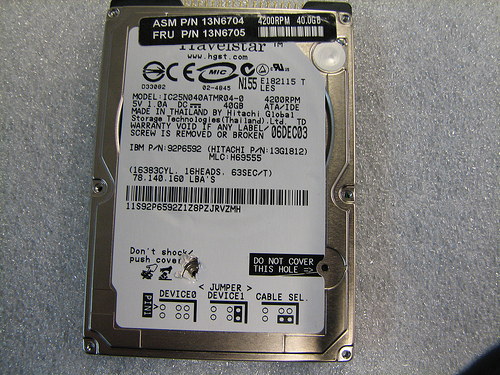
Solid State Drives
Solid state drives or SSDs are the new kid on the block. They offer a number of advantages over rotating storage technology. Because SSDs have no moving parts, they are much less vulnerable to external vibration or sudden decelerations that a drive might encounter after being dropped. This means that an emergency hard drive crash recovery or having to try and recover lost data will be far less frequent than with the older technology. Solid state drives also have the potential to be much faster than conventional hard drives. Unfortunately, SSDs are a newer technology and command a significant cost premium over standard drives. In fact, they can be fifteen to twenty times more expensive per gigabyte of capacity. In the coming years, we should see a big drop in the price for solid state drives and big increases in their relatively small capacities.
Interfaces and Drive Capacities
The storage interface connects the laptop hard drive to the motherboard. The first major interface technology for laptops was IDE which stands for Integrated Drive Electronics and was later renamed Parallel ATA (PATA). The data transfer rate for an IDE laptop hard drive is relatively slow compared to the interface technology that replaced PATA around 2003. This technology is known as Serial ATA or SATA. SATA drives offer much faster transfer rates as well as a simpler connector, seven pins versus 40. For the most part, SATA laptop hard drives have completely replaced PATA as the interface technology of choice for laptop manufacturers. However, replacement PATA drives are still available for aftermarket purchase from most electronics retailers.
Laptop consumers currently enjoy a wide selection of storage capacities. Several common capacities are 80, 160, 250, 320, and 500 gigabytes. The largest commercially available drives are 640 gigabytes. A Western Digital 80 gigabyte 5400 rpm drive costs as little as $40.00. If you are looking for a sizeable increase in storage space for only slight increase in the cost over the WD drive, you should consider purchasing the 250GB Hitachi laptop hard drive for around $45. Does 640 or even 750 gigabytes feel like it’s a bit on the small side for your tastes? Then there’s good news and bad news for you. The good news is that in July of 2009 Western Digital started shipping its 1tb hard drive. The bad news is that inventories are almost nonexistent which makes purchasing one of these massive drives very difficult.
Laptop Hard Drive Replacement
There are a number of reasons why you would want to replace your laptop hard drive. You might want to go after the performance and battery life gains that an SSD will give you over your current mechanical drive. If your laptop is more than about 18 months old, you could be running out of space on your relatively puny drive. Now is a great time to upgrade to a larger drive. Or you could be looking to replace your drive out of necessity due to a hard drive that has already crashed or is about to crash. Below is a list of steps you should use when buying a replacement hard drive. However, because of the vast number of factors like laptop manufacturer, laptop model, interface technology, and drive technology, you should only use them as a general outline.
- Purchase your replacement drive of choice. Newegg.com has a large selection, great customer service, and fast shipping.
- Transfer your data from your old hard drive to your new one. There is some advice out there that suggests you should remove unwanted files, uninstall unused programs, and defragment your old drive before transferring your data. This advice is ridiculous, especially the defragging part. If you are replacing your hard drive because you are worried that your drive is about crash, putting unnecessary wear and tear on it is the last thing you want to do.
- Unplug your laptop from the electrical outlet and remove your battery (or batteries if applicable)
- Remove your old drive from your laptop. The drive might be attached to some kind of cage or enclosure.
- Install the new drive into the laptop hard drive enclosure and return the assembly to the laptop.
- Replace you battery and plug in the laptop.
- Turn on your laptop and cross your fingers!
- If you experience problems in step 7, make sure that the data was properly transferred from the old drive to the new drive and the new drive is properly seated in the laptop.
For more detailed instructions, refer to the laptop manufacturer’s website or your laptop manual.
Laptop Hard Drive without the Laptop
Laptop hard drives are made in such a way and implement certain technologies that lend themselves well to being carried around as compared to their desktop counterparts. For example, the access arm is designed to withstand greater external vibration and in some cases, moves itself away from the surface of the platters if it detects being dropped. This makes them well suited to being employed as portable drives. To make your own portable hard drive you can simply place a laptop drive in an external hard drive enclosure. If you do a lot of video editing or video archival work, you may fill up a number of hard drives in quick succession. If this is the case for you, then a combination of hard drive dock and laptop hard drives could make switching between drives go faster and save a lot of space because of the small laptop drive form factor.


